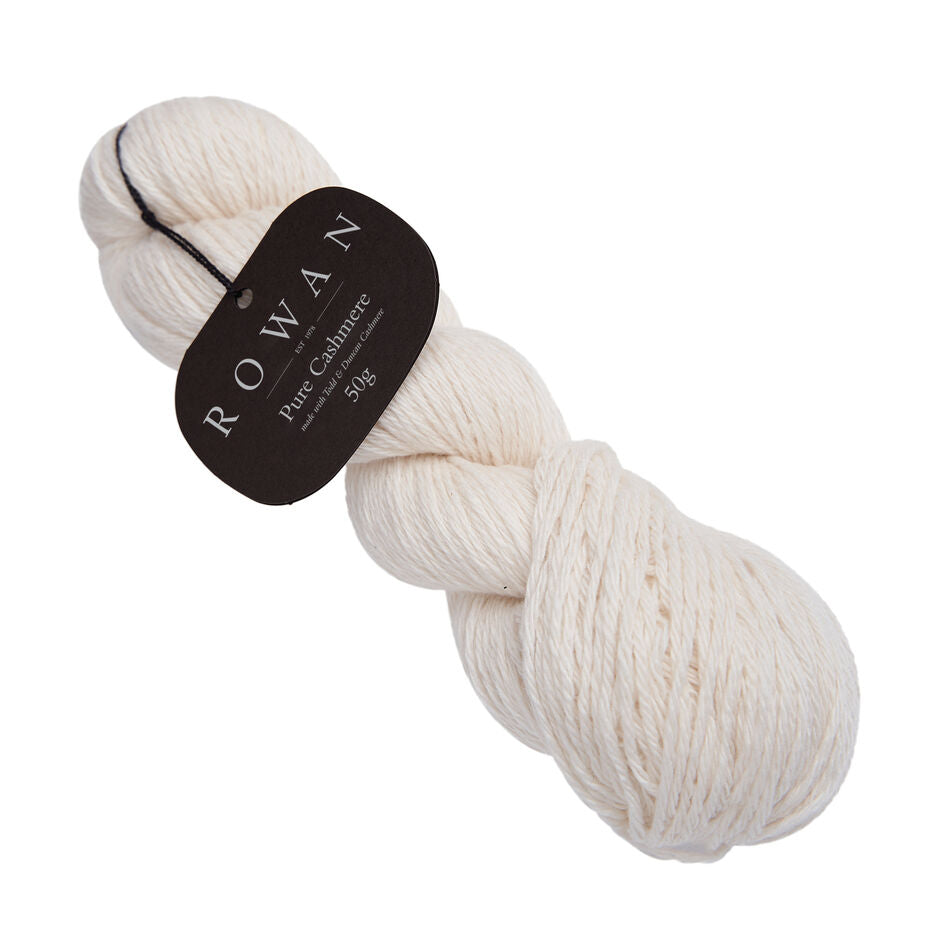How to Care for Your cashmere Garments and Keep Them Looking Like New
How to Care for Your cashmere Garments and Keep Them Looking Like New
Blog Article
Exploring the Different Kinds Of Cashmere an All-natural Fiber for Ultimate High-end
Cashmere, a natural fiber, is frequently associated with luxury and convenience. The a lot more budget friendly Chinese cashmere, the conventional Scottish variation, and the premium Italian blend, all inform a different story of this remarkable fiber.
Recognizing the Luxurious Nature of Cashmere
Cashmere, frequently connected with luxury and comfort, holds a special appeal in the world of natural fibers. This soft, light-weight material is coveted for its extraordinary warmth and amazing toughness. Unlike other natural fibers, cashmere combines insulation with breathability, offering unmatched convenience across differing temperatures. Its glossy finish and soft texture add to its premium appeal, warranting the premium cost that frequently includes cashmere garments. Furthermore, cashmere's inherent crease resistance and elasticity improve its worth, making it a recommended selection for costs garments and accessories. Despite its fragile look, cashmere has a surprising durability, able to retain its shape and extravagant feel gradually. This one-of-a-kind mix of characteristics cements cashmere's position as an icon of elegance and extravagance.
Just What Is Cashmere and Where Does It Originate from?

Given these phenomenal top qualities, one may question the beginning and make-up of this elegant fiber. Cashmere is stemmed from the soft undercoat of cashmere goats, largely discovered in Mongolia, China, Iran, and Afghanistan - is cashmere a natural fiber. These goats are adjusted to severe weather conditions, producing an extremely fine, soft underfur as a defense versus the bitter cold. This underfur, or undercoat, is what is gathered for cashmere. Each springtime, when the goats naturally lost their winter season layer, farmers comb the great underhair, leaving the coarser hair behind. This precise process adds to the deficiency and high price of cashmere. With its beginning in the extreme landscapes of Asia, cashmere is a testimony to nature's ability to generate deluxe from misfortune.
Decoding the Different Kinds of Cashmere
Understanding the different kinds of cashmere is key to valuing the top quality and unique attributes of this extravagant material. Usually, cashmere is classified into 3 types: raw, virgin, and reused. Decoding these types is the initial step in understanding the exclusivity and worth of cashmere.

The Special Features of Each Kind Of Cashmere
Having actually explored the different classifications of cashmere, it becomes obvious that each kind boasts its distinct set of features. Mongolian cashmere, for example, is renowned for its exceptional quality, as a result of Mongolia's rough winter seasons that produce longer and finer fibers. Alternatively, Chinese cashmere is often a lot more affordable, though its much shorter fibers can minimize durability. Scottish cashmere is celebrated for its splendid softness, a result of the standard water washing procedure making use of Scotland's soft water. Italian cashmere, at the same time, is well-known for its masterful blending and coloring strategies, making it versatile and vibrant. Indian cashmere, additionally recognized as Pashmina, is valued for its amazing agility and warmth. Each type, hence, adds to the fabric's credibility for deluxe.
Why Cashmere Is the Epitome of Deluxe in vogue
Cashmere holds a renowned placement on the planet of fashion, considered an icon of deluxe and sophistication. Its attraction is not simply in its soft qualities and warmth, however also in its rarity and the thorough process included in its purchase. Cashmere is originated from the fine undercoat of Himalayan goats, understood for their superior top quality fiber. The scarcity of this fiber, integrated with the labor-intensive procedure of collection, adds to its high rate and unique status. In addition, cashmere's unmatched comfort and sturdiness make it a sought-after material in the development of high-end garments. content Its natural light-weight and see it here insulating residential or commercial properties contribute to its value, making it the epitome of high-end in vogue.
The Process of Making Cashmere: From Goat to Garment
The trip of cashmere, from being an undercoat of a Himalayan goat to an elegant garment, is a complex one. With the advent of springtime, farmers in Mongolia and China gather the wool by combing the goats, making sure no damage is done. The acquired wool contains coarse outer hair and soft downy undercoat. This blend is then meticulously divided, with only the soft down made use of for cashmere. This raw cashmere is washed, dyed and spun right into yarn. The thread is after that woven or weaved into materials. The last action entails cleaning and pressing to provide the material its particular soft qualities and heat. From goat to garment, each action is a testimony to the patience, skill and virtuosity entailed in crafting cashmere.

Verdict
Finally, cashmere, with its natural style and unmatched convenience, preponderates worldwide of high-end style. The variety in types, ranging from the soft Mongolian, light-weight Indian Pashmina, budget friendly Chinese, traditional Scottish, to the vivid Italian, discloses the adaptability of this natural fiber. The meticulous redirected here procedure of changing it from a goat to a garment further contributes to its exclusivity, making cashmere the epitome of class and high-end.
Cashmere, an all-natural fiber, is usually associated with high-end and comfort (is cashmere a natural fiber).Cashmere, often connected with deluxe and comfort, holds an unique appeal in the globe of natural fibers. Unlike various other natural fibers, cashmere combines insulation with breathability, offering exceptional comfort throughout varying temperatures. Cashmere is acquired from the soft undercoat of cashmere goats, mostly discovered in Mongolia, China, Iran, and Afghanistan. Cashmere is obtained from the fine undercoat of Himalayan goats, known for their superior quality fiber
Report this page